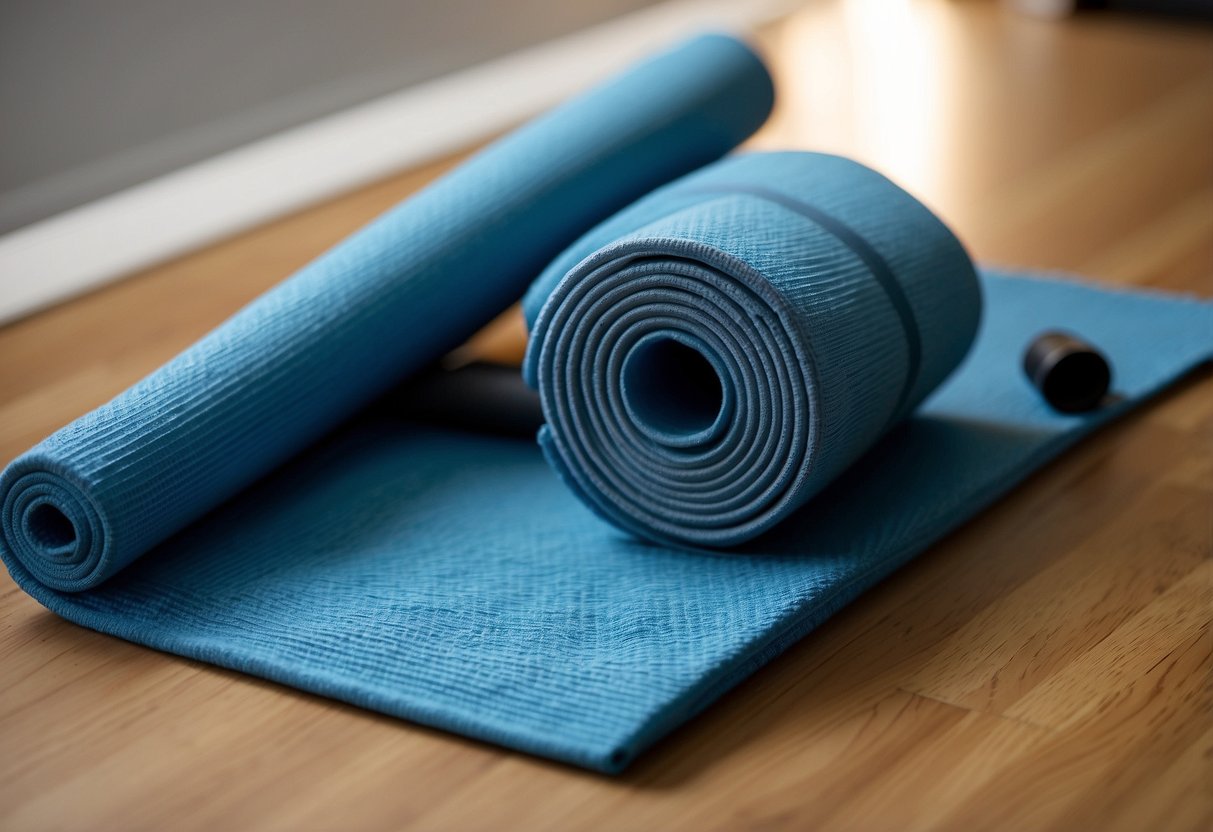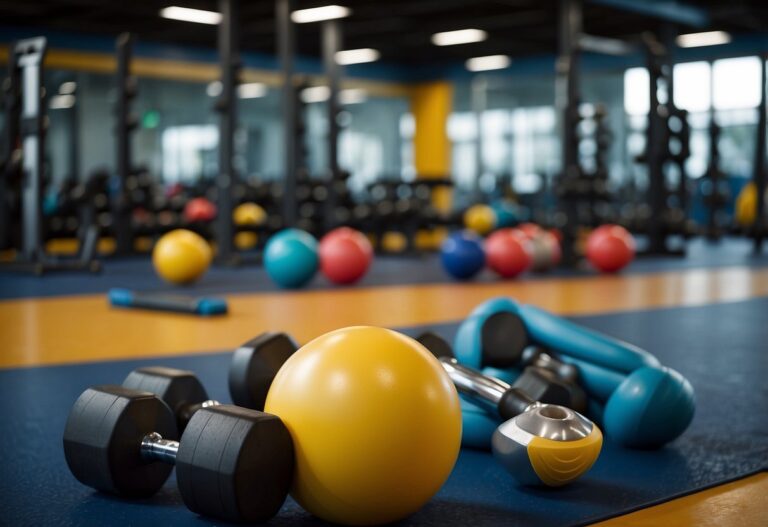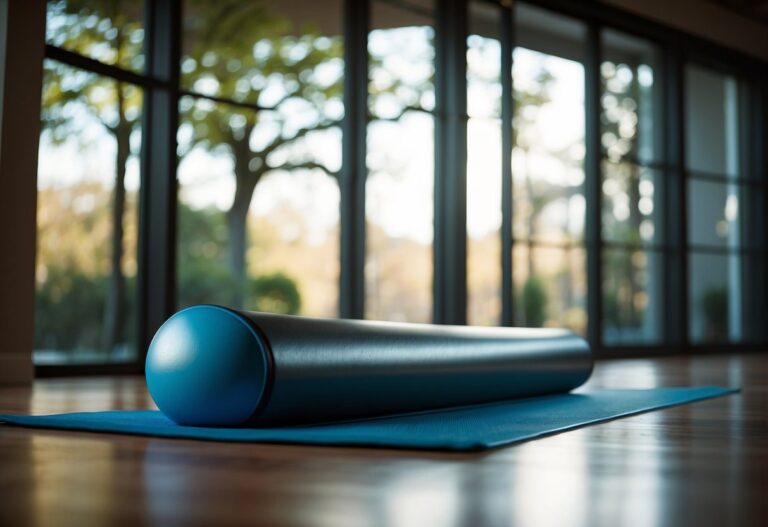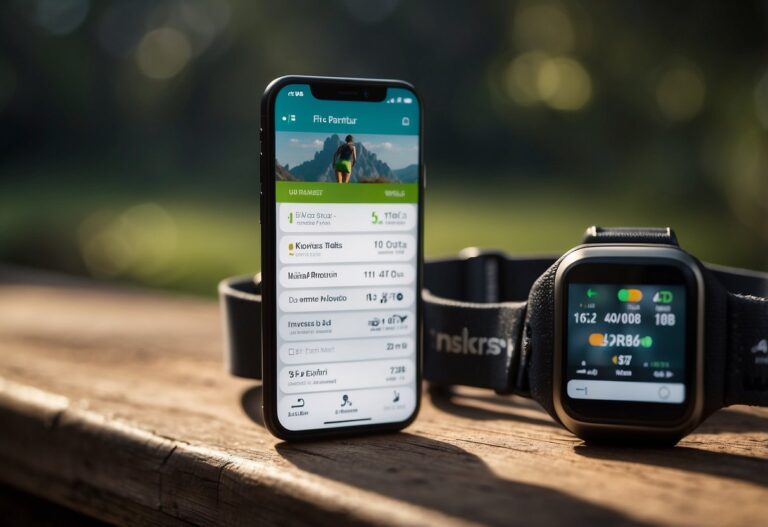Warming up before a workout is one of the most essential steps to ensure you achieve the best performance and avoid injuries. Proper warm-up routines not only prepare your muscles and joints for exercise but also boost your mental focus and overall readiness. Taking just a few minutes to get your body primed can make a world of difference in how you feel during and after your workout.

Why is warming up so important? It increases your heart rate gradually, improves blood flow to muscles, and enhances flexibility — all crucial elements for a safe and effective workout. If you’ve ever felt stiff when starting exercise, you’ll understand the value of a good warm-up. Remember, investing a little time to warm up can lead to better results and a more enjoyable fitness journey.
Light Jogging

Before starting your workout, light jogging is an excellent way to get your body ready. It helps to increase your heart rate gradually and warms up your muscles.
You don’t need to go fast. A slow, steady pace for about 5-10 minutes is enough. Think of it as a gentle introduction to more intense exercise.
Jog in place if you’re stuck indoors. If you’re outside, try a light jog around your garden or the block. This small effort can make a big difference in how you feel during your main workout.
Starting out with a light jog is both easy and effective. It primes your body, making it more prepared for the exercises ahead.
Dynamic Stretching
Dynamic stretching is an excellent way to prepare your body for a workout. Unlike static stretching, you keep moving while you stretch.
Think of movements like leg swings or walking lunges. These stretches increase your heart rate and blood flow, getting your muscles ready for exercise.
For example, you can begin with hip stretches or shoulder stretches. These target major muscle groups and improve flexibility.
You can also try vinyasa flows. This yoga sequence not only stretches but also builds strength, making it a go-to warm-up.
Jumping Jacks
Jumping jacks are a simple yet effective exercise for warming up. Standing with your feet together and arms at your sides, you jump while spreading your legs to shoulder-width and raising your arms above your head.
This exercise boosts your heart rate and warms up your muscles, helping to prepare your body for more intense activities.
Try doing jumping jacks for about five minutes. This can help increase your heart rate and get your blood flowing. They are particularly useful if you’re new to working out, as they gently ease you into your routine.
For more tips, check out this jumping jacks guide.
Arm Circles
Arm circles are a fantastic way to start your workout. By rotating your arms in circles, you can improve mobility and flexibility. Begin by standing upright and extend your arms out to your sides.
Start with small circles and gradually make them larger. This will increase blood flow to your shoulder muscles. Rotate in a clockwise direction for about 30 seconds. Then, switch to counterclockwise.
If you have a limited range of motion, arm circles can help. They are especially useful if you do a lot of weightlifting or activities that require upper body strength.
Remember to keep the motion controlled. Avoid swinging your arms too fast. This helps prevent injuries and ensures you get a good stretch.
For more details on arm circles, you can visit this guide.
Lunges

Lunges are a fantastic way to target your lower body muscles, including the quadriceps, glutes, and hamstrings. They can really help you build strength and balance.
Before starting lunges, it’s important to warm up to prevent injuries. Try incorporating the Lunge Matrix into your routine. This consists of several directions of lunges that prepare your muscles.
Personally, I’ve found that doing a few sets of lunges before running helps me feel more grounded and ready to tackle my workout. Make sure each movement is controlled and steady to maximise the benefits.
High Knees
High knees are a fantastic way to get your heart rate up before a workout. To start, jog in place for about 10 seconds. This gets your blood flowing. Then, raise one knee as high as you can while keeping your back straight and your core tight.
Switch legs quickly, almost as if you are running in place but with high knees. Aim to perform this for 20-30 seconds if you’re just beginning. As you get more comfortable, you can increase the duration.
Using high knees in your warm-up helps activate major muscle groups. This exercise works your quads, hamstrings, and calves. Plus, it strengthens your hip flexors and improves your coordination.
For a fun twist, try incorporating high knees into a circuit. For example, do a push-up, then a pull-up, and follow it with 30 seconds of high knees. This keeps you engaged and challenges different muscle groups.
Consistency is key. Adding high knees to your routine can make a noticeable difference in your overall fitness. Keep at it and you’ll likely feel more prepared for your workouts.
Start incorporating high knees into your warm-up today. You’ll feel the difference! If you want more detailed guidance, check out SET FOR SET’s guide. Happy training!
Butt Kicks
Butt kicks are great for warming up your muscles before a workout. They get your heart rate up and are an effective way to prepare your body.
To do butt kicks, stand in place or take small steps forward. Bring your heel up to touch your buttock. If it’s tough to reach, just get as close as you can.
You can include butt kicks in your warm-up routine. This exercise also helps improve your running form. Perform them for about 30 seconds to a minute, keeping a steady pace.
Make sure to land softly on the balls of your feet to avoid injury.
Leg Swings
Leg swings are a fantastic way to get your muscles ready for a workout. They help to increase flexibility and improve your range of motion.
To begin, stand next to a wall or a sturdy surface for balance. Start by swinging one leg forward and back. This targets your hamstrings, glutes, and hip flexors.
Then, switch to side-to-side leg swings. This focuses more on your inner and outer thighs. Perform each type of swing for about 30 seconds per leg.
Leg swings are simple, yet effective. Give them a try before your next workout to see the benefits. Remember to keep your movements controlled and avoid overstretching.
Hip Circles
Hip circles are a fantastic way to loosen up your hips before a workout. They help increase blood flow to the area, making you less prone to injuries.
To do hip circles, stand with your feet shoulder-width apart. Place your hands on your hips and start making circles by moving your hips in a circular motion. Do this for about 30 seconds in one direction, then switch to the other direction.
Adding hip circles to your warm-up routine can also benefit your lower back and abs. Try incorporating this exercise at the start of your lower body or core workouts to prepare your muscles for more intense activities.
You can find more detailed instructions and variations of hip circles here.
Skipping Rope
Starting your workout with a skipping rope is a fantastic way to get your blood pumping. This simple tool can boost your heart rate and warm up your muscles quickly.
Begin with a basic jump, ensuring you have plenty of space. Jump lightly on your feet to avoid stress on your joints.
Using a heavier rope can engage your upper body more effectively. This helps in warming up both your arms and shoulders.
A skipping rope is also convenient to carry, so you can warm up anywhere. This makes it a versatile tool for any exercise routine.
Importance of Warming Up
Warming up before a workout is crucial for preventing injuries and enhancing performance. These points are important whether you’re starting a new exercise routine or sticking to an established one.
Preventing Injuries
Warming up helps to reduce the risk of injuries. When you start your workout with a warm-up, your muscles become more flexible. This flexibility helps to avoid sudden strains or pulls. For instance, the NHS recommends marching on the spot which prepares your muscles by increasing blood flow and movement.
Increasing blood flow to your muscles makes them more pliable. This means they can handle more stress and won’t tear easily. Dynamic stretches like arm swings and leg swings are particularly effective. These movements prepare muscles and tendons, reducing the likelihood of sprains.
Moreover, warming up also improves joint lubrication. This means your joints can move smoothly and freely, reducing the risk of joint injuries. By warming up, you set your body up for a safer workout experience.
Enhancing Performance
Warming up can make your workout more effective. Your muscles work better when they’re warm. For example, performing light cardiovascular exercises such as brisk walking or cycling gets your heart pumping and muscles ready. A good warm-up prepares your body for more intense physical activity.
A proper warm-up also improves muscle coordination. This means movements become smoother and more efficient. When your body is ready, you can exercise with better form and technique. This helps to maximise your performance and results.
Additionally, warming up helps to mentally prepare you for the workout ahead. It’s a great way to focus and set intentions for your session. By gradually increasing your activity level, you transition smoothly from rest to exercise, readying both your mind and body.
Incorporating these practices into your routine can dramatically improve how well your body responds to exercise.
Types of Warm-Up Exercises
Warming up before a workout helps prevent injuries and prepares your body for more intensive exercise. Effective warm-ups include dynamic stretches and cardiovascular activities, both of which are essential for increasing flexibility and getting your heart rate up.
Dynamic Stretches
Dynamic stretches involve moving parts of your body and gradually increasing reach and speed of movement. These stretches are great for improving your range of motion, circulation, and muscle flexibility.
One effective dynamic stretch is the walking lunge. Start standing upright and take a step forward with one leg, bending the knee to 90 degrees. Push back up and step forward with the other leg. This exercise helps warm up your quads, hamstrings, and glutes.
Leg swings are another simple option. Stand holding onto a wall for support, and swing one leg forward and backward. Aim for 10-15 swings on each leg. This exercise targets your hip flexors and hamstrings.
Arm circles are excellent for warming up your shoulders. Extend your arms out to the sides and make small circles, gradually increasing to larger circles. Perform circles for about 30 seconds in each direction.
Cardiovascular Activities
Cardiovascular warm-up activities get your heart pumping and muscles ready for more vigorous exercise. These activities are usually full-body movements that increase blood flow and body temperature.
Jogging in place is a convenient and effective way to get started. Spend about 2-3 minutes jogging on the spot, bringing your knees up high and swinging your arms. This simple exercise helps activate your entire body.
Another beneficial cardiovascular warm-up is jumping jacks. Stand with your feet together and arms at your sides. Jump your feet out while raising your arms above your head, then return to the starting position. Repeat for about 1-2 minutes. This activity engages your core, legs, and arms.
Skipping with a rope is also a fantastic option. Aim for about 1 minute of steady skipping. This activity is great for building not only cardiovascular fitness but also coordination and agility.







